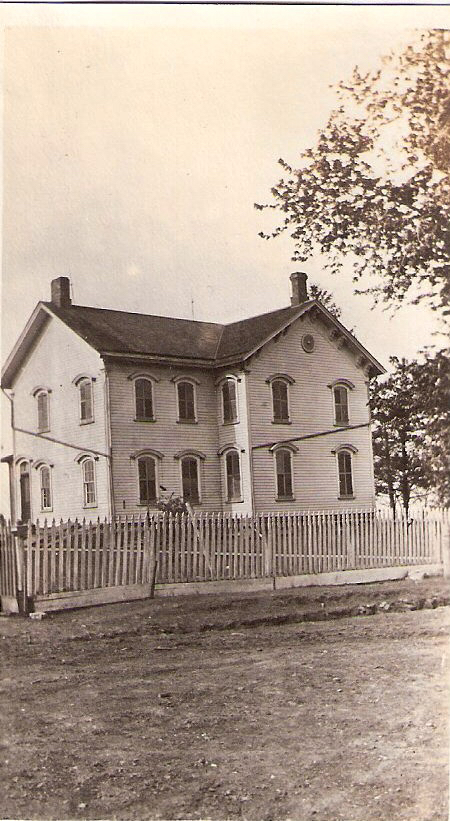Bam! No Power.
The winter of 2019-2020 thus far has been incredibly, unseasonably mild. Temperatures have ranged in the 30’s and 40’s (F), with occasional forays into the 50’s as well. This is historically unheard of for northern Illinois (though we know we are in non-historical times for climate). We have essentially gotten a pass for the first third of winter.
One of the effects of this is to lull people into a false sense of security. Then, when the temperature does finally drop, even a bit, it’s a shocking change. A 20° day, which would seem pretty much par for the course in most years, perhaps a reprieve from much colder days, now seems painfully cold itself.
Mother Nature decided to make up for a bit of lost time this weekend, and sent in the winter trifecta: ice, followed by snow, followed by wind.
This leads to trees covered with layers of ice, smaller bits made brittle by the cold and stressed by the additional weight of the frozen material. As the west wind passes over and through them, bits and pieces break away.
Sitting in the living room yesterday afternoon, which happens to be situated on the west side of the house, we could hear the snap-crackle-pop of bits of ice and tree breaking away, and the periodic "smack" as those pieces were propelled into the side of the house. And as we listened to this, I looked over at MLW and asked "how long before the power goes out?"
This was not a rueful statement, nor even a fearful one. The reality is that, when the trees are covered in ice, so too are other things, and some of those things are on the power poles - lines, transformers, etc. The statement was simply an observation of expectation.
I’ve written here about the power going out before - this is an event that happens at least once or twice every winter, and it is ultimately a fact of rural life. What happens afterward is largely just a matter of course at this point: send ComEd a text saying "out" and relocate to a warmer part of the house, in this case, to the east side of the home.
(The layout of the house was clearly not conceived with winter TV watching in mind - what was John Foulk thinking when he designed the home in the 1860’s?)
This particular adventure in unintentional time travel was brief - a little less than three hours. MLW and I coped by snuggling under the blankets in our bedroom and watching videos on the iPad. Life could be far, far worse.
And upon waking this morning and taking my usual look out the stairwell window I was greeted by a familiar, but fleeting site:

The frost is, of course, on the inside of the window...

This is the situation with the power on and the heat working - the old, single-pane windows tend to frost up. It doesn’t happen often - it has to be pretty cold outside for it to occur - but it does happen.
Which led me to wonder - exactly how cold was it? So I checked the handy-dandy iPhone weather app:

That’s right - it was negative zero degrees! I mean, zero is cold all on its own. How cold does it have to be to classsify as negative zero?!?

















